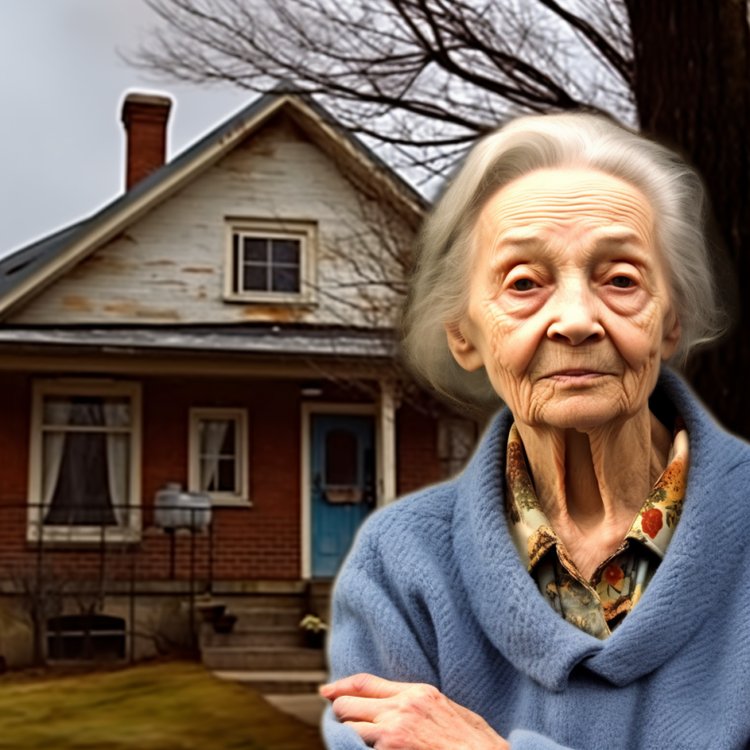How to Find and Rent an Empty Apartment as a Senior
Finding the right apartment as a senior can feel overwhelming, but with the right approach and knowledge of available resources, the process becomes much more manageable. Whether you're downsizing, relocating to be closer to family, or seeking a community that better meets your changing needs, understanding the rental landscape for seniors is crucial. This guide will walk you through eligibility requirements, cost considerations, and the best places to search for senior-friendly apartment rentals.

Who Can Rent an Empty Apartment? Age and Income Considerations
Most senior apartment communities welcome residents aged 55 and older, though some facilities set the minimum age at 62. These age-restricted communities are designed specifically for older adults and often provide amenities tailored to senior needs. However, seniors aren’t limited to age-restricted housing and can apply for any rental property that meets their needs and budget.
Income requirements vary significantly depending on the type of housing. Conventional apartments typically require monthly income of three times the rent amount. For subsidized senior housing, income limits are set based on Area Median Income (AMI), usually requiring earnings below 60% of the local AMI. Social Security, pensions, retirement accounts, and part-time employment all count toward qualifying income.
Credit scores also play a role in apartment approval. While some senior communities are more flexible with credit requirements, maintaining a score above 600 generally opens more rental opportunities. Seniors with limited credit history can often use co-signers or provide additional deposits to secure housing.
What Types of Senior Apartments Are Available?
Senior housing options range from independent living apartments to more comprehensive communities with supportive services. Independent living apartments offer maintenance-free living with optional social activities and dining services. These communities typically feature one or two-bedroom units with full kitchens and private bathrooms.
Subsidized senior housing provides affordable options through programs like HUD Section 202 and Low-Income Housing Tax Credit properties. These apartments often have waiting lists but offer significantly reduced rents for qualifying seniors. Market-rate senior communities provide upscale amenities like fitness centers, pools, and organized transportation services.
Some communities offer continuum of care, allowing residents to transition from independent living to assisted living or memory care within the same facility. This option provides long-term security for seniors concerned about future care needs.
How Much Does an Empty Apartment Rental Cost for Seniors?
Senior apartment rental costs vary dramatically based on location, amenities, and housing type. In metropolitan areas, market-rate senior apartments typically range from $1,500 to $4,000 monthly, while smaller cities may offer options between $800 and $2,500. Subsidized senior housing can reduce these costs to 30% of the resident’s monthly income.
Additional fees often include application fees ($50-$200), security deposits (equivalent to one month’s rent), and community fees for amenities. Some communities charge entrance fees ranging from $1,000 to $5,000, though these are less common in rental properties compared to senior living communities.
Utilities may or may not be included in rent. Many senior communities include water, sewer, and trash services, while residents pay for electricity and internet. Transportation services, meal plans, and housekeeping typically cost extra, ranging from $100 to $500 monthly depending on usage.
Where Seniors Can Find Empty Apartment Rentals
Online platforms offer the most comprehensive search options for senior apartments. Websites like Apartments.com, Rent.com, and SeniorHousingNet specialize in senior-friendly listings with detailed amenities and accessibility information. These platforms allow filtering by age requirements, income restrictions, and specific features like wheelchair accessibility or pet policies.
Local Area Agencies on Aging maintain databases of senior housing options and can provide personalized assistance with applications. Many agencies offer housing counseling services to help seniors navigate the rental process and understand their rights as tenants.
Real estate agents specializing in senior relocations can provide valuable local market knowledge and assist with apartment visits. Property management companies often maintain waiting lists for upcoming vacancies, allowing seniors to apply before units become publicly available.
Unique Benefits of Senior Apartment Living in the United States
Senior apartment communities across the United States often provide specialized programming that enhances quality of life for older adults. Many facilities offer wellness programs, including fitness classes designed for seniors, health screenings, and partnerships with local healthcare providers. Educational opportunities through community colleges or lifelong learning programs are frequently available on-site or through organized transportation.
Social connectivity becomes increasingly important as seniors age, and apartment communities address this through organized activities, game rooms, libraries, and community gardens. Many facilities provide computer labs with internet access and technology training, helping seniors stay connected with family and friends. Pet-friendly policies in senior communities recognize the mental health benefits of companion animals, often including designated pet areas and walking services.
Comparing Popular Senior Housing Providers
Several national companies specialize in senior apartment communities, each offering different approaches to senior living. Understanding these options helps seniors make informed decisions about their housing choices.
| Provider | Average Monthly Cost | Key Features |
|---|---|---|
| Brookdale Senior Living | $2,500 - $4,500 | Independent living, dining services, wellness programs |
| Holiday Retirement | $2,000 - $3,500 | All-inclusive pricing, activities, pet-friendly |
| Atria Senior Living | $2,800 - $5,000 | Upscale amenities, chef-prepared meals, concierge services |
| Senior Star | $1,800 - $3,200 | Affordable options, community partnerships, transportation |
| Sunrise Senior Living | $3,000 - $5,500 | Luxury accommodations, personalized care plans, technology integration |
Prices, rates, or cost estimates mentioned in this article are based on the latest available information but may change over time. Independent research is advised before making financial decisions.
What Documents Are Needed for Senior Apartment Applications?
Most senior apartment applications require similar documentation regardless of the provider. Income verification includes Social Security award letters, pension statements, bank statements, and tax returns from the previous year. Photo identification, such as a driver’s license or passport, establishes age eligibility for age-restricted communities.
Healthcare information may be requested to ensure the community can meet the applicant’s needs. This typically includes a physician’s statement confirming the senior can live independently and any accommodation requests for disabilities. Emergency contact information and personal references are standard requirements.
For subsidized housing, additional documentation includes asset statements, medical expense receipts, and detailed income calculations. The application process for subsidized housing is more complex but provides significant cost savings for qualifying seniors.
Finding and renting an apartment as a senior requires careful research and preparation, but numerous resources exist to support older adults through this process. By understanding eligibility requirements, exploring various housing types, and utilizing available search tools, seniors can find comfortable, affordable housing that meets their current and future needs. The key is starting the search early, as quality senior apartments often have waiting periods, and taking advantage of local resources designed specifically to assist seniors with housing transitions.




